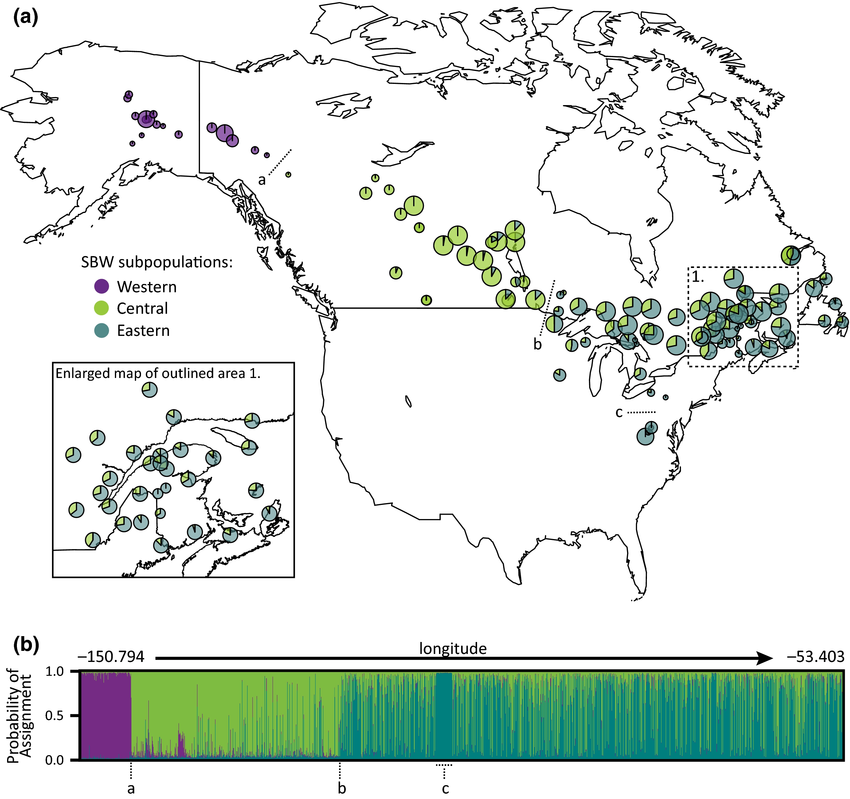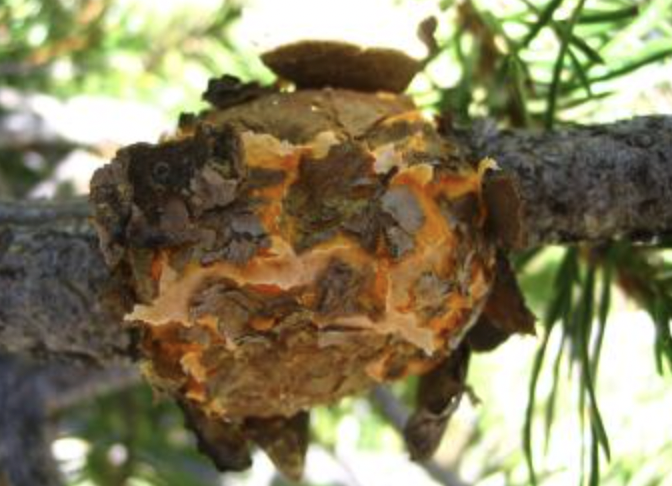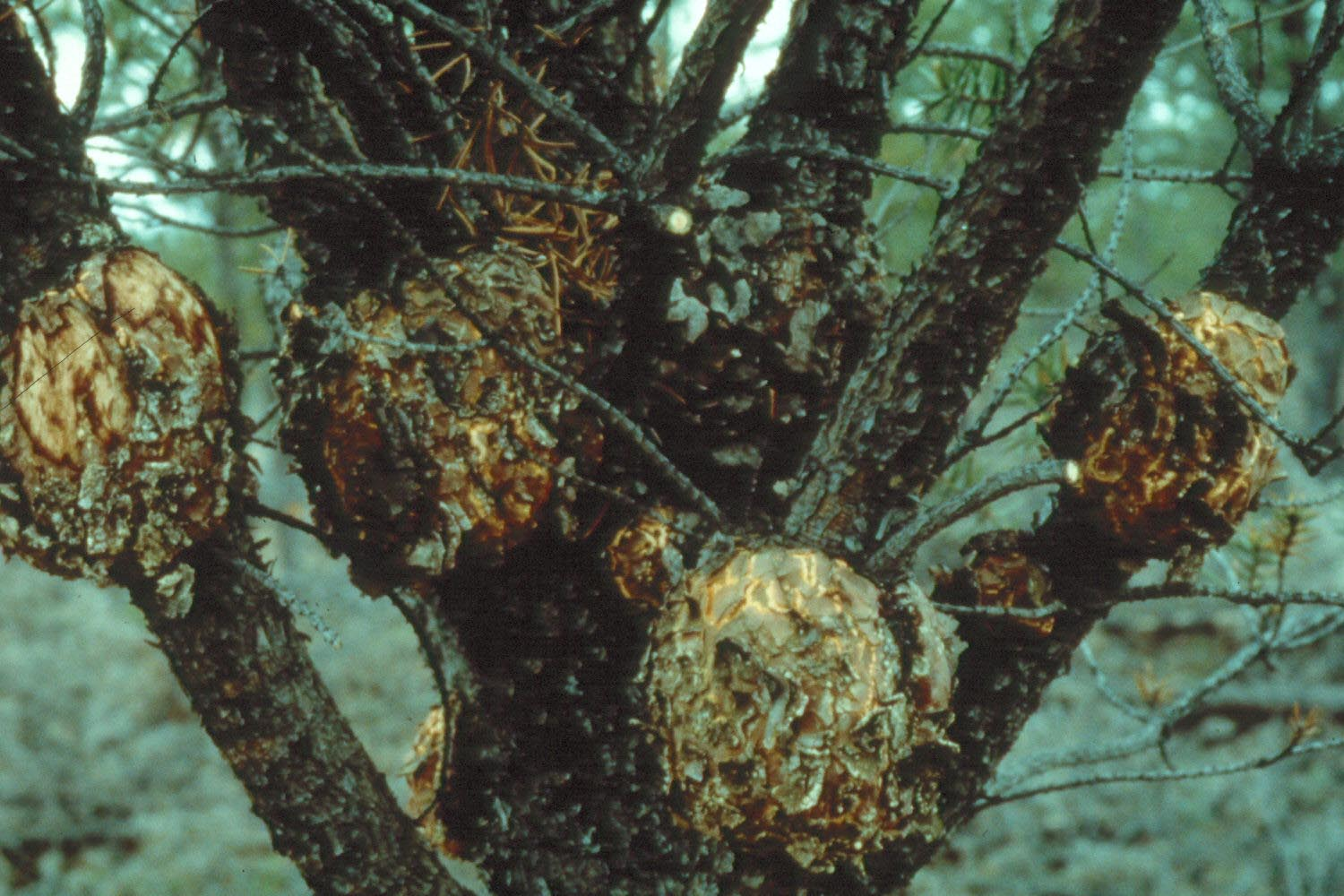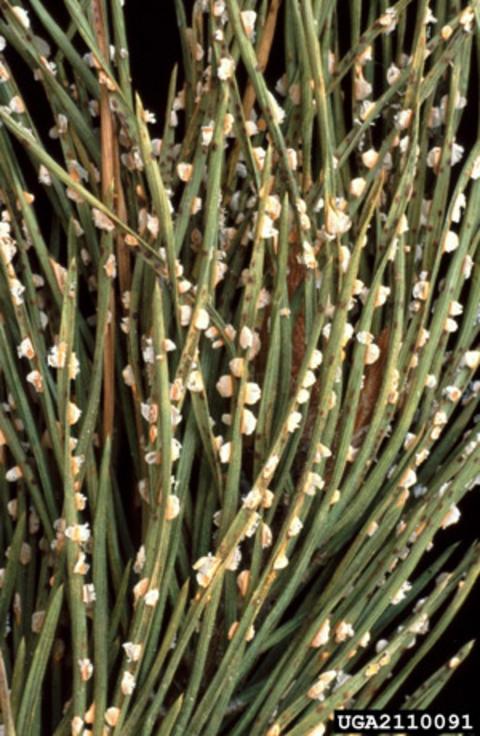CURRENT ISSUE A: K2 '25 Flashcards
1/33
There's no tags or description
Looks like no tags are added yet.
Name | Mastery | Learn | Test | Matching | Spaced |
|---|
No study sessions yet.
34 Terms
How is globalization contributing to the spread of invasives
Increased trade and transportation introduces invasives and can create corridors (e.g) highways, pipelines) for them to spread
Give 4 benefits of low-intensity fire
clears thick understory vegetation, allowing light to reach the ground for new plants to grow and sequester carbon
soil is enriched by ash, in which the seed bank can germinate
tree roots are not damaged and continue holding soil in place
reduces forest fuels and clears “vegetation ladders” to reduce chance of surface fires climbing up into the crown
give 5 detrimental effects of high-intensity fires
hard for plants to regenerate due to destruction of seed bank in soil and/or too big of a burned area for seeds to reach open ground
Lack of food for rodents due to stunted regrowth and scorching of seeds
scorched soil is difficult for pines to grow in, so invasive species can take over
Since tree roots scorched, ash and debris flows into streams, harming fish and frog habitat
fragments habitat, as there is no cover in burned areas for species to hide
define native
species indigenous to Canada, with periodic outbreaks
define alien/exotic
a species recently introduced to Canada
define invasive
insects and diseases that spread beyond their usual range, whose numbers rise beyond an acceptable threshold
define pest
any insect/animal that destroys large tracts of commercially-viable forests or Canadian products for export
How is wildfire going to change in Alberta as climate change continues?
forests get hotter and drier, making them more fire-prone, causing more severe and frequent wildfires
greater occurance of short-interval reburns, which make it more difficult for trees to establish
hotter, drier conditions unconducive to seedling germination
How will changes in wildfire affect Alberta’s forests?
shift from old-growth Jack pine forests to forests dominated by early-successional aspen with lots of shrubby understory
decreased carbon storage
Define drought
a shortage of precipitation for an extended period of time, usually a season or more, resulting in insufficient water avilability that adversely affects animals, vegetation, and people
List 3 impacts of increasing drought on Alberta’s forests
failing regeneration
stresses trees leading to stunted growth
increased susceptibility to pests and diseases
What does CMI stand for and how is it calculated
Climate Moisture Index, = annual precipitation - expected amount of water evaporated
How will the prairie ecozone of Canada be affected by drought
the prairie will become drier and also expand north and eastward, replacing some boreal forest
Mountain pine beetle biology
phloeophagous
in late summer, female bores vertical galleries under bark and lays eggs. She carries in a sac spores of the blue stain fungus, which begins infecting tree and weakening it so it can’t stop beetles, then eventually blocking xylem and killing tree
larvae overwinter inside tree, burrowing and eating phloem
adults emerge in July-September, picking up fungal spores on the way out
Mountain pine beetle symptoms
pitch tubes and sawdust
woodpecker holes
long vertical galleries made by adult and radiating branches by larvae
2-3 months after attack, foliage dries out and dulls
the following spring after attack, foliage turns red
blue staining working its way into the wood
Mountain pine beetle forest impacts
in low populations, only attack stressed and weakened trees
when lots of trees stressed, populations grow into outbreak and the beetle starts attacking healthy trees
natural predators can’t control outbreak populations and lack of cold winters means winter doesn’t kill htem either
Mountain pine beetle invasivity
native to BC lodgepole pines
has begun acting invasively by expanding into Alberta’s Jack pine forests
Brown spruce longhorn beetle invasivity & host
native to europe, arrived in Nova Scotia in 1990s in wood packing material. Attacks red, white black, and norway spruce, but can also eat other conifers. Secondary pest in native range, but has been attacking healthy trees in NS
Brown spruce longhorn beetle biology & symptoms
eggs laid singly in bark
larvae bore into phloem, creating frass-filled galleries
larvae overwinter in L-shaped pupal cells
exit tree from small circular holes in spring, which an be seen with resin flowing down them
adults can be found in 2 wk period from June-August
spruce budworm invasivity
native to southern canada up hugging rockies. Found to cycle, with outbreaks occuring every 30-40 years, lasting 8-10 years each.

spruce budworm biology
eggs hatch at the end of august. New larvae don’t feed, but migrate to center of tree, spin silken hibernacula, and hibernate
emerge in May. Eat new buds and current-year foliage from tip down, inwards
in midsummer, larvae pupate and become moths
moths do not feed. mate and lay eggs
Spruce budworm symptoms and damage
defoliation of current year foliage in May. If outbreak levels, larvae may start to eat past year’s foliage
in outbreaks, stands may turn rust-colored due to all the dead needles
lots of silk
often nonfatal first year, but can cause permanent damage or death after 5 years, especially in fir which is most susceptible
Forest tent caterpillar biology, symptoms
in June, female deposits egg bands around twigs coated with sticky substance. The egg overwinters.
the egg bands can be easily seen and removed in the fall when leaves drop
larvae emerge the following May and cause rapid defoliation, rarely fatal
outbreaks controlled by the large flesh fly parasitoid
Emerald Ash Borer invasivity
native to east Asia
arrived in Michigan and Ontario in 2002
EAB biology & symptoms
In mid summer, females lay eggs singly in bark crevices
larvae hatch and tunnel into phloem, creating s-shaped galleries, girdling tree and killing 99% within 6 years
beetles emerge through D-shaped holes and can be seen feeding on leaves
visible tree decline: yellowing, sprouts
EAB control
cannot move wood products out of infected areas
harvest ash trees before an infestation to get some value out of the wood, then try to replace it with other species
ALB invasivity
native to China, arrived in US in 1996 and Ontario in 2003 (just after EAB), but has been successfully eradicated in Canada
ALB biology & symptoms
In the summer, females chew grooves in bark and lay large eggs singly
larvae tunnel first through phloem, then into heartwood, then pupate
adults emerge from big holes, causing lots of sap drip and sawdust
What are the main three types of fungi that cause forest diseases
deuteromycotina: reproduces asexually through conidia
ascomycotina: reproduces both sexually or asexually via ascospores bundled into asci (sacs)
basidiomycotina: reproduce mainly sexually via basidiospores on ends of basidia
Western gall rust biology
native, basidiomycotina, affects lodgepole and Jack pine
creates a popcorn-like gall encircling a branch, with white blisters under bark
in Spring, releases orange spores that directly infect other pines
gall dries out the tissue beneath it, killing bark and sometimes needles
little harm to tree, especially mature trees. Can cause growth defects in seedlings
spread in wave years when conditions are right
control it by pruning gall before it bursts in the spring


Fir needle cast (Isthmiella faullii) biology and symptoms
native, ascomycotina, affects firs
1st year: new shoots infected, no symptoms
2nd year: first fruiting bodies appear on top of needles
3rd year: ascospores form on the underside of leaves, look like black lines
no way to control
Armillaria root root biology
native, basidiomycota, affects all trees
first, soil-dwelling fungi finds and extends into healthy roots
spreads to root collar, then up into trunk
kills tree by plugging xylem, or windthrow finishes the job
establishes then radiates out from disease centers
Armillaria root rot symptoms
Pine needles turn yellow then red, while spruces only turn green
excessive sap flow
chestnut brown mushroomy fruiting bodies at base of tree
rotting inner wood first looks pale and wet, then spongy
Pine-aster rust aka needle rust of pine biology
native, basidiomycotina, affects Jack and lodgepole pine
pycnial stage: Needles infected in fall. The next spring, orange droplets form on needles
aecial stage: white columnar blisters form in summer, then rupture and infect alternate host: asters
uredial stage: in asters, produce spores and infect more asters
telial stage: develops on underside of asters
basidial stage: releases basidiospores which reinfect pines
rarely serious, mainly of aesthetic concern. Needles killed after growing season so not harmful

